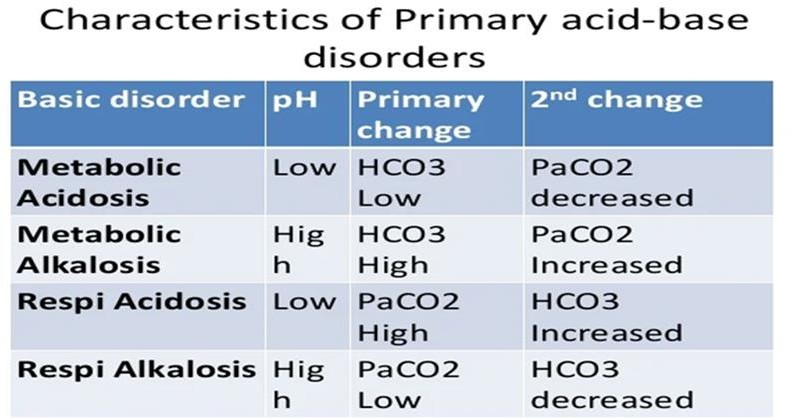A nurse is caring for a client who was admitted for atrial fibrillation rapid ventricular rate of 130 beat/min with confusion. The client's blood pressure is 87/50. What order should the nurse expect to receive from the provider?
Tell the patient to bare down
Administer Lidocaine drip
Administer Amiodarone drip
Administer a beta blocker
The Correct Answer is C
C. Amiodarone is a Class III antiarrhythmic medication commonly used for the acute management of atrial fibrillation with a rapid ventricular rate. It works by blocking multiple ion channels, prolonging the action potential duration, and slowing conduction in the atria and ventricles. Amiodarone is often used when other interventions such as vagal maneuvers or beta blockers are ineffective or contraindicated. In this scenario, where the patient is hypotensive and symptomatic, intravenous amiodarone may be administered to control the ventricular rate and stabilize hemodynamics
A. Bearing down, or the Valsalva maneuver, is a vagal maneuver that can sometimes help slow the heart rate in certain arrhythmias by increasing parasympathetic tone. However, it may not be effective or safe in all situations, especially if the patient is hypotensive or confused. In this scenario, immediate pharmacological intervention is likely needed to control the heart rate and stabilize hemodynamics.
B. Lidocaine is not typically used to treat atrial fibrillation with a rapid ventricular rate. Lidocaine is a Class IB antiarrhythmic medication primarily used for the treatment of ventricular arrhythmias, such as ventricular tachycardia and ventricular fibrillation. It is not considered a first-line agent for atrial fibrillation and may not effectively control the ventricular rate in this situation.
D. While beta blockers are commonly used for rate control in atrial fibrillation, they may not be the best choice in this scenario where the patient is hypotensive and symptomatic. Beta blockers can further decrease blood pressure and exacerbate hypotension, especially in patients with compromised hemodynamics. In such cases, other rate-controlling agents like calcium channel blockers or amiodarone may be preferred.
Nursing Test Bank
Naxlex Comprehensive Predictor Exams
Related Questions
Correct Answer is B
Explanation
B. A client who is postoperative with shallow respirations at a rate of 9/min is likely not adequately eliminating carbon dioxide from their body due to hypoventilation. This retention of carbon dioxide can lead to an increase in the partial pressure of CO2 in the blood, causing an acidotic state.
A. Metabolic acidosis results from an accumulation of acids in the body or a loss of bicarbonate. Hypoventilation leading to respiratory acidosis does not directly cause metabolic acidosis.
C. Respiratory alkalosis occurs when there is excessive elimination of CO2 from the body, leading to decreased arterial carbon dioxide levels (hypocapnia) and an increase in pH. Shallow respirations and decreased respiratory rate are more consistent with hypoventilation and respiratory acidosis rather than hyperventilation and respiratory alkalosis.
D. Metabolic alkalosis results from excessive loss of acids or increased bicarbonate levels in the body. Hypoventilation leading to respiratory acidosis does not directly cause metabolic alkalosis.

Correct Answer is D
Explanation
D. A pulmonary artery catheter is used to monitor hemodynamic status. It provides valuable information about cardiac function, preload, afterload, and cardiac output. By measuring parameters such as pulmonary artery pressure, pulmonary artery wedge pressure, and central venous pressure, a pulmonary artery catheter helps assess the effectiveness of cardiac function and guide management in critically ill patients, especially those with conditions such as heart failure, shock, or pulmonary hypertension.
A. A pulmonary artery catheter, also known as a Swan-Ganz catheter, is not used to monitor intracranial pressure. Instead, it is primarily used to assess hemodynamic status and cardiac function by measuring parameters such as pulmonary artery pressure, pulmonary artery wedge pressure, central venous pressure, and cardiac output.
B. A pulmonary artery catheter is not used to directly monitor renal function. While changes in hemodynamic status can impact renal perfusion and function, the primary purpose of a pulmonary artery catheter is to assess cardiac function and hemodynamics, rather than renal function.
C. A pulmonary artery catheter is not used to monitor spinal cord perfusion. Although alterations in hemodynamic status can affect spinal cord perfusion indirectly, the main purpose of a pulmonary artery catheter is to evaluate cardiac function and hemodynamics.
Whether you are a student looking to ace your exams or a practicing nurse seeking to enhance your expertise , our nursing education contents will empower you with the confidence and competence to make a difference in the lives of patients and become a respected leader in the healthcare field.
Visit Naxlex, invest in your future and unlock endless possibilities with our unparalleled nursing education contents today
Report Wrong Answer on the Current Question
Do you disagree with the answer? If yes, what is your expected answer? Explain.
Kindly be descriptive with the issue you are facing.
